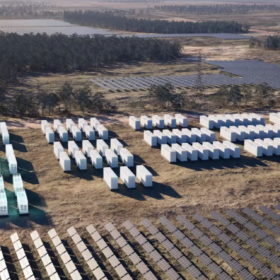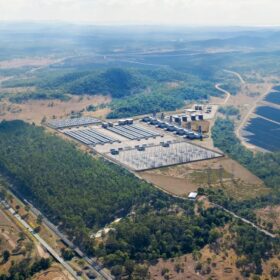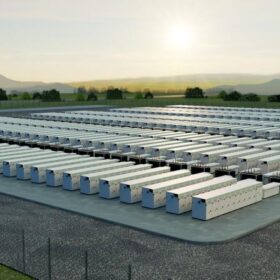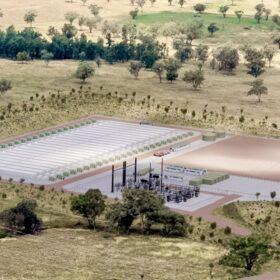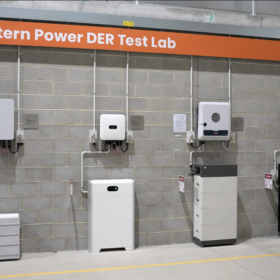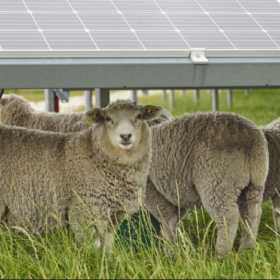CIMIC’s UGL to deliver Stage 3 of Neoen’s Western Downs battery
UGL, a member of the CIMIC Group, has been selected by Neoen and Tesla to construct Stage 3 of Neoen’s Western Downs 305 MW / 1,220 MWh battery in Queensland.
FY2029 renewable energy construction spending to peak at $23 billion: report
New industry forecasting company Macromonitor analysis has found renewable energy construction tripled since 2021 and is on track to increase to a peak level of $23 billion in FY2029.
6 GWh CATL battery in Australia: Stanwell locks in massive gas-plus-storage hybrid plant with Quinbrook
Two Memorandum of Understanding signed within a month of each other are set to see a massive CATL battery delivered to the Queensland state of Australia for Quinbrook and Stanwell.
NEM dispatchable capacity CIS Tender 8 opens, targets 16 GWh
Undertaking a fast tracked, single stage application process the Capacity Investment Scheme Tender 8 – NEM Dispatchable Capacity has opened for registrations and is targeting 4 GW of 4-hour equivalent.
Tindo’s road ahead paved with funds, challenges and future-proofed growth
pv magazine spoke with Australian solar panel manufacturer Tindo Chief Executive Officer Richard Petterson about the company’s future expansion on the back of Solar Sunshot funding, and how it plans to tackle current market and manufacturing challenges to stay on course for future growth.
Ampyr inks $300 million long term agreement for Bulabul BESS
Ampyr Australia has signed a 15-year agreement for its Bulabul battery energy storage system near Wellington, New South Wales, in the Central West Orana renewable energy zone with Danish energy trading company InCommodoties.
Distributed energy resources test lab opens in Western Australia
Western Power has launched Western Australia’s first distributed energy resources text lab at it’s South Metro Depot to trial how rooftop solar, batteries, electric vehicles and smart appliances can connect, communicate and interact.
New handbook guides landholders on negotiating solar hosting deals
How to negotiate fair agreements for landholders potentially hosting solar farms, such as bargaining for project designs that enable grazing or cropping, is outlined in a new handbook targeting rural and regional communities.
1414 Degrees progresses battery storage development at Aurora energy precinct
1414 Degrees is progressing the development of a battery energy storage system at the Aurora Energy Precinct in South Australia, for the joint venture SiliconAurora, and is independently developing a long duration thermal energy storage facility, with eyes on providing firmed power for data centres.
Fox ESS compact batteries heed rebate call backed by new local teams
Fox ESS is ramping up its presence in Australia with nationwide sales and techical support teams and is building local warehousing for its suite of inverters, electric vehicle chargers, and battery storage products, such as the EQ4800 and new CQ6.
